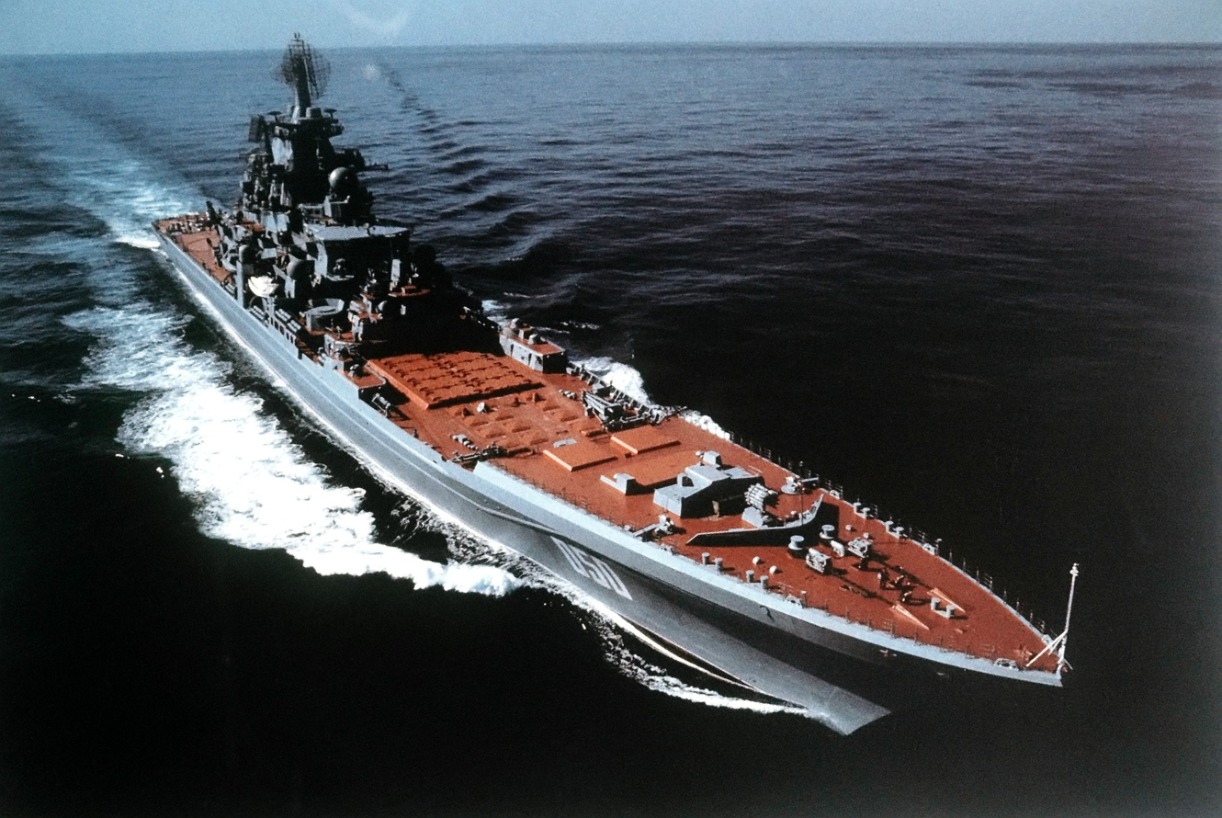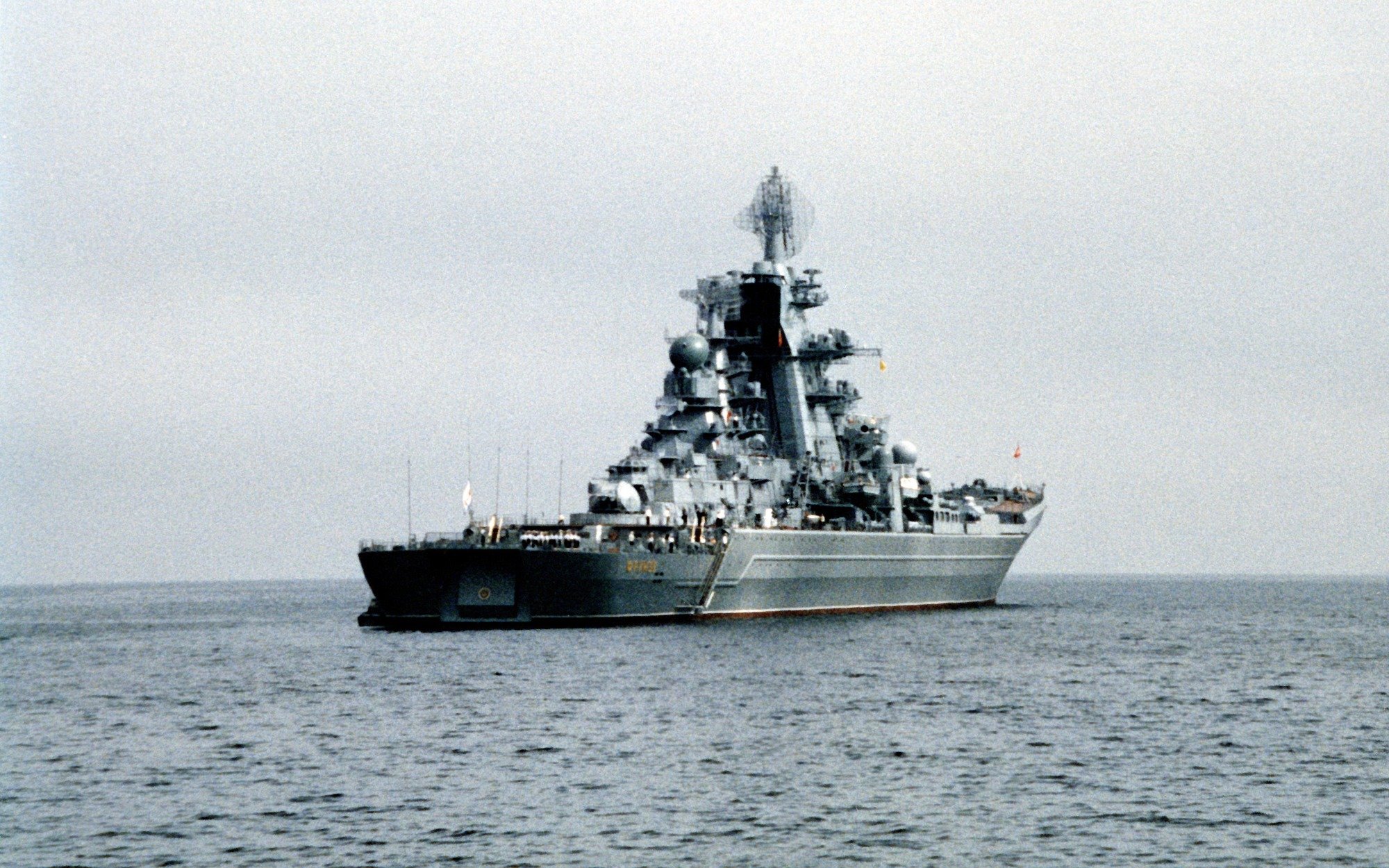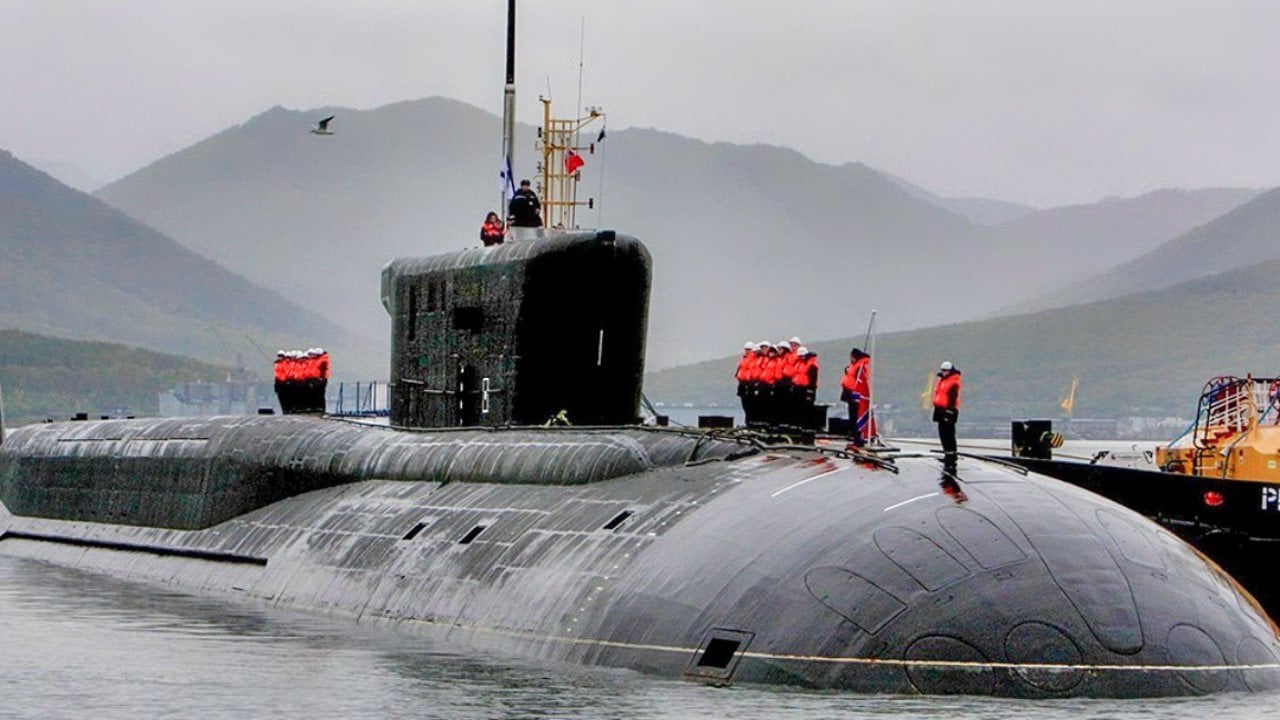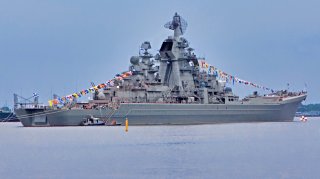The Admirals Look Nervous: Can Putin Stop the Collapse of Russian Naval Power?
The Russian Navy, once the largest "blue water" force, has struggled since the Soviet Union's collapse, operating mostly as a "green water" navy. However, Russia is now focused on high seas operations. Admiral Alexander Moiseyev announced that the Navy is on track to receive 12 warships by the end of 2024, including Borei-class submarines.
Summary and Key Points: The Russian Navy, once the largest "blue water" force, has struggled since the Soviet Union's collapse, operating mostly as a "green water" navy. However, Russia is now focused on high seas operations. Admiral Alexander Moiseyev announced that the Navy is on track to receive 12 warships by the end of 2024, including Borei-class submarines.

-Despite challenges like the fire-damaged corvette Provorny, which is being rebuilt, the Navy is pushing forward with sea trials and new ship deliveries.
-While large surface combatants face issues, Russia's smaller warships remain potent, signaling a potential resurgence in naval capabilities.
From Green Water to Blue: Russia's Naval Expansion Plans
During the Cold War, the Soviet Navy maintained the largest "blue water" force in the world, but since the end of the dissolution of the Soviet Union, Moscow has struggled to maintain a force that is little more than a "green water" navy – unable to truly operate vessels around the world. Even as it sent a guided-missile frigate and nuclear-powered submarine to make a port-of-call visit to Havana, Cuba, this month, the flotilla required that it be supported by a tug and a replenishment ship!

Yet, after years of being essentially a second-rate naval power, Russia is again focused on the high seas. The Kremlin's top naval official announced on Tuesday that the Russian Navy is on track to receive 12 warships by the end of 2024 and those will include blue water surface vessels and submarines. State media outlet Tass reported that the Russian Navy has taken delivery of 40 surface warships and 24 submarines in just the past decade, a vast improvement as only three submarines were received a decade before.
"According to (this year's) plan, we are implementing the program of 50 various ships, vessels, (and) boats. The main ones are 1st rank ships, distant sea zone warships, and nuclear submarines. This year we hope to receive twelve such warships," Russian Navy Commander-in-Chief Admiral Alexander Moiseyev told reporters.
Sea Trials Coming
The Borei-class nuclear-powered ballistic missile submarine Knyaz Pozharsky is among the new vessels that will be soon entering service. The submarine – named after the Russian prince Dmitri Pozarsky, who led the Russian forces during the Polish-Muscovite War (1611-1612) – is expected to begin its sea trials in the coming months before being commissioned to the Northern Fleet, likely sometime next year.

Moiseyev added that the Russian Navy's current plans further call for sea trails of the new vessels in the Baltic and Caspian Seas.
"It is important to note that we plan to complete the construction and trials of patrol ships also of the ice class. There are four submarines, including two nuclear ones," said Moiseyev.
New Corvette To Enter Service for Russian Navy
The naval chief was present at the Severnaya Verf Shipyard in St. Petersburg, attending the floating out ceremony for the Project 20385 corvette Provorny, the second of a planned class of six updated Stereushchiy-class corvettes. The lead vessel Gremyashchiy was commissioned in December 2020 and is currently active with the Russian Navy's Pacific Fleet.
Provorny was laid down in 2013 but was subsequently damaged in a fire in December 2021. Instead of scrapping the vessel, the Russian Navy opted to rebuild it, and it is only now being floated out.
"Today is a remarkable event for the Severnaya Verf Shipyard and for the Navy. Today we are floating out the Project 20385 first serial-produced next-generation corvette Provorny. The Project's lead ship, the corvette Gremyashchiy built by your enterprise, was accepted for service with the Navy a bit earlier," the Russian Navy chief added. "This ship that will enter service with the Navy in the immediate future, as was the case with the corvette Gremyashchiy, will considerably boost the potential of the Pacific Fleet's naval force and will faithfully serve its Fatherland."
Moiseyev did not mention the losses to the Russian Navy's Black Sea Fleet, nor did he address when (or even if) the flagship aircraft carrier Admiral Kuznetsov would be returned to service. During its lengthy refit, other nations have launched far more capable carriers – putting into question why Moscow bothered in the first place.
While its large surface combatants remain little more than holes in the water in which countless rubles have been thrown, the fact remains that Russia's smaller warships should be seen as capable vessels armed with heavy hitting weapons. It may not be a true blue water fighting force yet, but the Russian Navy shouldn't be dismissed out of hand.
Author Experience and Expertise: Peter Suciu
Peter Suciu is a Michigan-based writer. He has contributed to more than four dozen magazines, newspapers, and websites with over 3,200 published pieces over a twenty-year career in journalism. He regularly writes about military hardware, firearms history, cybersecurity, politics, and international affairs. Peter is also a Contributing Writer for Forbes and Clearance Jobs. You can follow him on Twitter: @PeterSuciu. You can email the author: [email protected].
All images are Creative Commons and/or Shutterstock.


